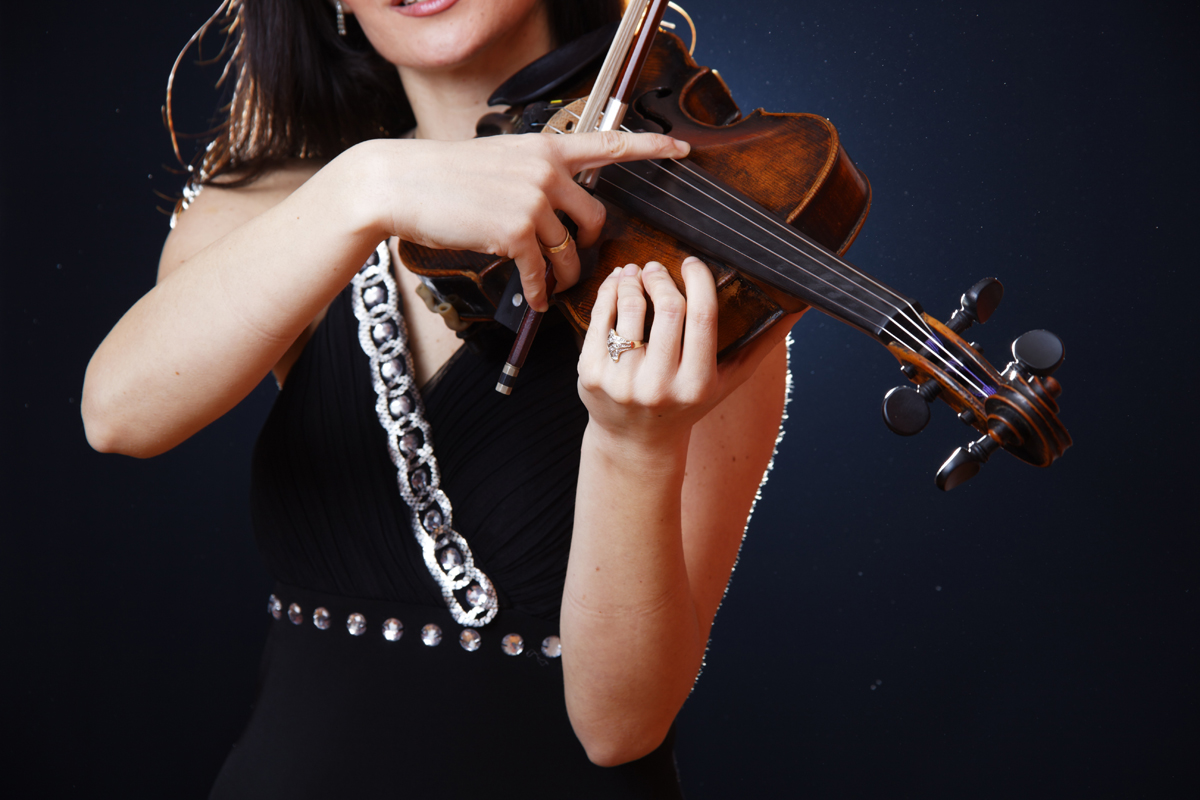
Other VSTs may achieve similar effects by mapping LFOs separately, but this method wouldn’t compare to the speed and resultant sound of the Joshua Bell VST. While many VSTs attempt auto humanization, few do so for so many parameters, and this is what accounts for the VST’s artistry. Turning down the humanization provides a tighter, more quantized performance. It provides auto humanization along with several continuous inputs including bow variance, attack pitch instability, speed pitch instability, and interval pitch instability. The most interesting feature of the VST is the Intuition page. While this certainly seems possible, a truly Bell-level performance will require a great deal of practice first.Įver wondered how many strings a violin has? Check out How Many Strings Does A Violin Have (& Some Fun Facts). With 12 different legato types, this VST promises to capture the artistry of Bell’s performance. For most pop producers, this violin would be overkill. Buying this VST for anything less would be a waste of its abilities and your money. This violin VST is meant specifically for people writing violin solos with varying rhythms, quick runs and arpeggios, and a strong dynamic range. Agitato Grandiose Violin Ensemble by 8DioĦ Of The Best Violin VST Libraries & Plugins 1.Realistic performances almost never land or stay exactly on pitch.įor these reasons, legato realism is especially difficult, and good violin VSTs are rare.īut despite all this, we’ve still managed to find the best violin VSTs for you! They are: Like the others in the string family, it provides a continuous length of pitches (unlike the piano, for instance) and does so on polyphonic lines (unlike the voice). The tone of a violin is a complex interaction between parameters including bow speed, bow angle, bow position, vibrato speed, and vibrato depth, to name a few.

While they feature prominently as solos in orchestral music, in pop they can add an achingly romantic counterpoint to vocal melodies-or even extra piquancy, as in Ariana Grande’s Positions.īut emulating the violin has always proven difficult. Violins are an essential part of many a producer’s toolkit. Here are the best violin VST plugins and Kontakt instruments!Ĭhoosing the Best Violin VSTs Can Be Tough.We should be able to do this in rhythm and without much “foot shuffling”.Disclosure: We may receive commissions when you click our links and make purchases. The goal is to be able to jump into perfect pizzicato position, and return to an optimal basic position. We can use any simple exercise or excerpt for this. To gain facility with the pizzicato technique, we can practice moving into and out of position. Practice Moving Into and Out of Pizzicato Position If we mute too little, the note will ring out as normal.īetween these two is a “sweet spot” where the note is still audible, but is shortened and altered in tone quality. If we mute the string too much, the note will come out as a “thud” or a “thunk”, and we won’t be able to hear the actual note.
Pizzicato guitar trial#
Through trial and error, we can find the perfect balance of pitch and duration. Listen for the Balance of Pitch and Duration This may be because of the lesser sound quality and projection of the higher-pitched pizzicato notes, or for ease of playing.

While there are exceptions, the vast majority of pizzicato effects written in guitar music use the bass only. Most often, we only play pizzicato on guitar using the bass notes and strings. Usually Bass Guitar Strings Only on the Pizzicato When we play from this position, the flesh of the outer hand is muting the strings back by the bridge, though not completely. Next, roll the hand down toward the strings until the thumb comes within striking distance of the strings. To play pizzicato on the guitar, first place the outside of the hand on the bridge of the guitar (as in a “karate chop”).

Pizzicato guitar how to#
How to Play Pizzicato on Classical Guitar – Right Hand Position When we see music that calls for pizzicato playing, it’s usually abbreviated “pizz.”. Instruments using a bow (violin, cello, etc.) may use the end of their bow to pluck the strings for this effect.

The result is a short, slightly muted sound, much like a jazz “walking bass”. “Pizzicato” translates roughly as “plucked”, or “pinched”. And one such special techniques on guitar is the “pizzicato”. Using special techniques, we can create varied sounds and textures. This is one reason Ludwig van Beethoven called the guitar “a miniature orchestra in itself.”


 0 kommentar(er)
0 kommentar(er)
